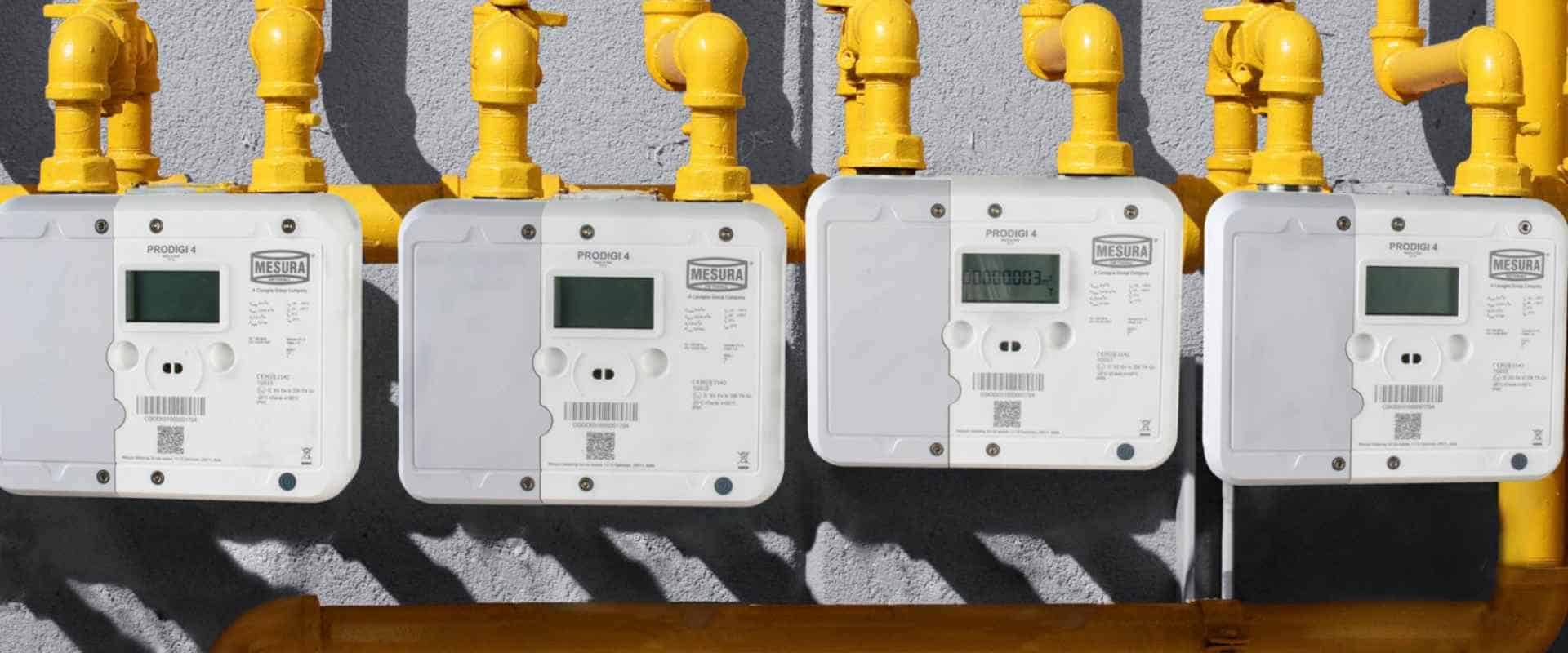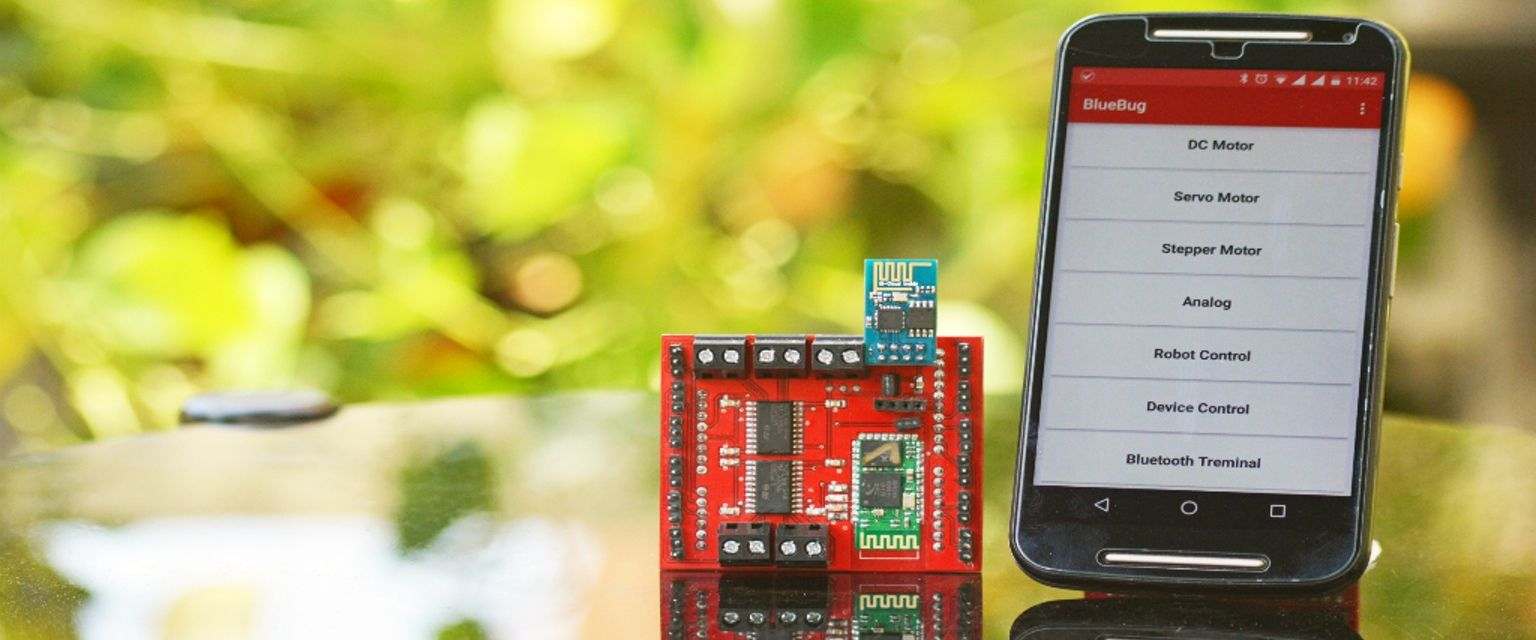Manufacturing a drone from scratch all by you is quite rewarding to work. However, choosing a flight controller can be challenging when you don’t even know the materials. Apart from other components that are used to create a flight controller for the drone, PCBs are an essential part.
Without a PCB, a flight controller of the drone is useless as it wouldn’t operate as it needs to. A drone flight controller without the best PCB in it only reduces the overall functionality of the drone.
This article gives you a detailed insight into why PCB is important in the flight controllers of a drone and what factors you should consider when looking for the right printed circuit for the flight controller of the drone.
1. Production Budget of Flight Controller PCB
Drone flight regulators or controllers are not cheap as one can imagine easily. If you do a little market research, then you might know that the flight controller of drones is quite expensive. But the price of the flight controllers is very high when selecting the best one. However, when you look for a flight controller of a drone in the market, see whether the materials used in it are cheaper and affordable or not, especially the PCB.
If you have a specific budget, then make sure that the flight controller you choose for the drone must fit into that budget. You, yourself, don’t want to overstep your budget. To ensure the affordability of drones, it is essential to know whether the PCB used in them is affordable or not. And the PCB is actually the heart of the drone flight controller.
Choose flight controllers of drones that contain an affordable PCB. Well, it is also a notable thing that PCB does not come cheaper. They also come in expensive sizes, forms, and shapes. But affordability matters a lot in choosing the right flight controller for the drone, especially PCBs that need to function the drone properly.
2. Trends of Flight Controller PCB

Popularity matters a lot to many people. If we look around, everyone is trying hard to be popular. This is the same scenario that goes for choosing the flight controller for the drone. However, this is not as easy. The best flight controller of a drone depends upon the popularity of the material used in it, especially the quality and material used in PCB.
People literally see popularity as a good thing. They like to associate popularity with bigger things. Therefore, when choosing the right flight controller for the drone, it is an ideal choice to work with the popular PCB. Popular PCBs mean that the flight controller you choose works perfectly well as you desire.
Popularity also depicts the quality of products. If the product has the best quality, then this increases its certainty and makes it popular among people. However, it is essential to look at whether the flight controller of the drone is made with popular products or not. Choose people who have more interest.
3. Specific Frame Size Of Flight Controller PCB
The flight controllers of the drone must have adequate size. This literally depicts that the PCB that powers the flight controller should have an ideal size. It’s quite hard and challenging to operate a drone that is too big in size.
The flight controller of a drone consists of various components. A PCB is among those several components. However, when you choose a flight controller, make sure that the PCB is ideal. Do not choose a flight controller that consists of a large PCB. Having a large PCB in the flight controller of a drone literally means it would be hard to operate the controller.
Again, make sure that the PCB used in the flight controller shouldn’t too small. Tiny or mini-size PCB means that it might reduce the overall functionality of the flight controller. Other than being small, there are a few things that might not operate well with a small PCB.
Therefore, do not go for either too large or too small PCB in the flight controller of the drone. Choose the one with an adequate size that will not affect the functionality and performance of the drone flight controller.
4. Easy to Maintain Flight Controller PCB
When choosing a flight controller, reparability is one of the important factors that matter the most as you don’t want to have a flight controller for the drone that would be hard to repair when damaged. In more simple words, do not select a flight controller whose PCB is hard to repair.
As you know, PCB is the heart of electronic devices. Same flight controllers also depend upon the PCBs used on them. Without it, or in case of damage, the flight controller can not function adequately. Therefore, make sure that the PCB must be repairable before choosing the drone flight controller.
The flight controller of drones is more at risk of damage. All the components used in it are prone to damage, but PCB is one of them. Therefore, while choosing the right flight controller, ensure that the PCB can be repaired easily. Moreover, one important thing to note is that not all PCBs can be fixed. That is why it is crucial to choose a flight controller whose PCB is safe and can be repaired in case of damage.
5. Materials for Flight Controller PCB

It is essential to look at which type of material is used in the PCB of the flight controller you choose, as PCB is the core of the drone flight regulators. When you are on your research tour to find the best flight regulator, make sure of the quality and usage of materials used in the PCB.
If you don’t pay attention to the material of the PCB in the flight controller, it will end up in the non-functionality of the drone controller. Therefore, to be safe, ensure the high quality of PCB material while selecting the flight controller of the drone. The high quality and adequate choice of material ensure the functionality of the PCB, which ensures the high performance of the drone controller properly.
6. Experience of Manufacturers
Experience also matters a lot in the manufacturing of components used in the drone controller. Make sure that the PCB used in the drone controller comes from an experienced manufacturer. An experienced manufacturer ensures the quality and functionality of the product and reduces the risk of damage.
It is important to know that the PCBs used in drone flight regulators all come from well-experienced and skilled manufacturers. Experienced and skilled manufacturers have been working in the field of PCB for years, and they know the market trends well. Therefore, it is important to choose a flight controller with a PCB that comes from an experienced supplier.
Experienced manufacturers see the market values, trends, and usage; there, they go beyond their limits to provide unified and consistent customer service with quality products.
7. Weight of Flight Controller PCB
Flying a bulky drone can be quite frustrating and hard. The weight of the drone matters the most as the PCB is one of the essential components of the drone controller, among other electronic components.
Therefore ensure that the PCB used in the drone controller must have an ideal weight. As the weight of the PCB directly affects the weight of the overall drone controller. And you might not like to fly a drone that is too bulky and hard to carry.
PCBs come in a variety of sizes, shapes, and forms. Some PCBs come with lightweight, while some come with heavyweight. However, if you want an inconvenience-free drone flight without concern about the weight, then make sure the PCB must be lightweight. This ensures that it is easy to carry anywhere.
Conclusion
There are several versions of flight controllers for drones available in the market. Unfortunately, they are not all the best options. Some are not the best in proper functioning. The biggest reason for that is the PCB in them.
Without an adequate PCB in the flight controller of the drone, it wouldn’t work. If you are looking for the best flight controller for your drone and don’t know which factors to look for. Then ensure that the quality, material, size, and weight of the PCB are ideal. If it goes well, you will automatically find an ideal flight controller for your drone.



























